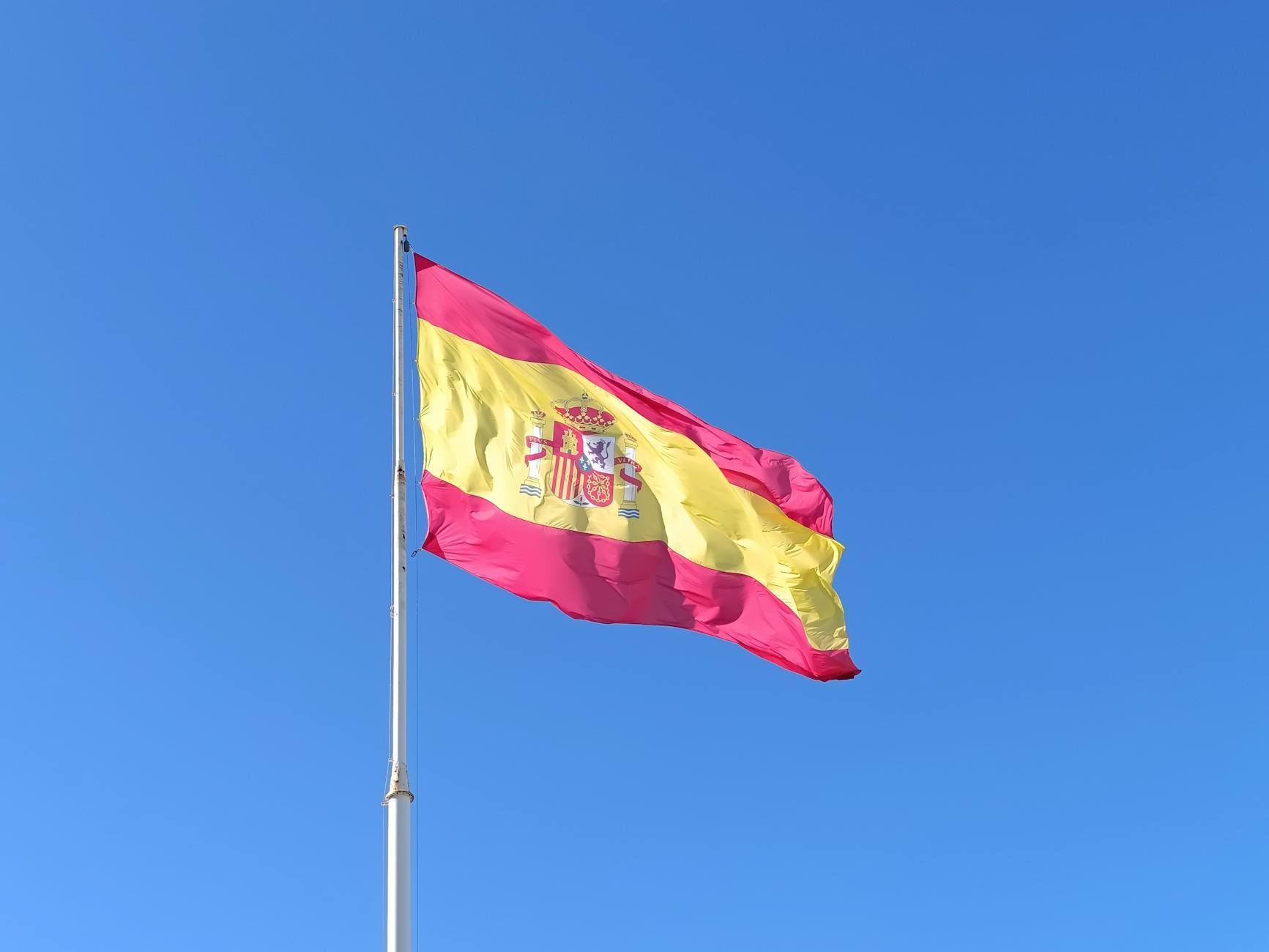Spanish is one of the most widely spoken languages in the world, with over 500 million speakers across multiple continents. Originating from the Iberian Peninsula, the Spanish language spread globally during the period of European colonization. Today, there are 21 Spanish-speaking countries where Spanish is recognized as an official or national language. These countries span across Latin America, Europe, and even Africa, forming a vast community known as the Hispanophone world. This blog post will take you through the List of Spanish Speaking Countries, the regions they represent, and the enduring influence of the Spanish language in global culture, diplomacy, and education.

Table of Contents
- Introduction
- The Global Importance of the Spanish Language
- Characteristics of Spanish-Speaking Countries
- Full List of Spanish Speaking Countries in the world
- Regional Breakdown of Spanish Language Use
- Spanish as an International Language
- Revision Questions
- Conclusion
Meaning of Spanish
Spanish is a Romance language that originated from the Iberian Peninsula and evolved from Latin. It is one of the most widely spoken languages in the world today and serves as the official language in many countries, especially across Latin America, Spain, and parts of Africa.
Spanish is the official language of several countries across Latin America, Europe, and Africa, and it is one of the six official languages of the United Nations. The language is known for its rich vocabulary, phonetic consistency, and cultural diversity, reflecting centuries of history, migration, and cultural exchange.
READ ALSO – List of Arabic Speaking Countries in the world – complete list
The Global Importance of the Spanish Language
The Spanish language holds a significant place on the world stage. It is the second most spoken native language in the world after Mandarin Chinese and the third most used language on the internet. Spanish serves as an official language of the United Nations, the European Union, and various international organizations.
Its widespread use across Spanish-speaking countries has contributed to shared cultural ties in music, film, education, religion, and international cooperation. Spanish is also a dominant language in global business and tourism, especially in the Americas and parts of Europe.
Characteristics of Spanish Speaking Countries in the world
Countries where Spanish is official share several linguistic and cultural traits, though each has unique dialects, accents, and traditions. Some common characteristics include:
- Spanish as the primary language of instruction in schools and universities
- Government and legal systems operating in Spanish
- Media, literature, and entertainment in the Spanish language
- Cultural celebrations rooted in Hispanic traditions, such as Día de los Muertos, Semana Santa, and traditional Spanish dance and music forms like flamenco, salsa, and tango
Full List of Spanish Speaking Countries in the world
Complete list of 21 countries where Spanish is an official or national language:
| No. | Country | Region |
|---|---|---|
| 1 | Argentina | South America |
| 2 | Bolivia | South America |
| 3 | Chile | South America |
| 4 | Colombia | South America |
| 5 | Costa Rica | Central America |
| 6 | Cuba | Caribbean |
| 7 | Dominican Republic | Caribbean |
| 8 | Ecuador | South America |
| 9 | El Salvador | Central America |
| 10 | Equatorial Guinea | Africa |
| 11 | Guatemala | Central America |
| 12 | Honduras | Central America |
| 13 | Mexico | North America |
| 14 | Nicaragua | Central America |
| 15 | Panama | Central America |
| 16 | Paraguay | South America |
| 17 | Peru | South America |
| 18 | Spain | Europe |
| 19 | Uruguay | South America |
| 20 | Venezuela | South America |
| 21 | Puerto Rico | Caribbean (U.S. territory) |
Note: Puerto Rico is a U.S. territory, but Spanish is co-official with English and widely spoken across the island.
Regional Breakdown of Spanish Language Use
Latin America dominates the list, with most Spanish-speaking countries located in Central and South America. In this region, Spanish is not only the dominant language but also an essential part of identity and daily life. While dialects differ from country to country, mutual understanding remains high.
In Europe, Spain is the birthplace of the language, home to classic Spanish literature and institutions like the Royal Spanish Academy.
In Africa, Equatorial Guinea is the only country where Spanish is an official language, a legacy of Spanish colonization. Spanish is also spoken in the Western Sahara and parts of Morocco, though not officially recognized in those nations.
Spanish as an International Language
The global presence of the Spanish language continues to grow. It is one of the most studied foreign languages worldwide and is increasingly relevant in diplomacy, business, international relations, and entertainment.
Spanish-speaking countries collaborate through organizations such as the Association of Spanish Language Academies and CELAC (Community of Latin American and Caribbean States), promoting linguistic and cultural cooperation.
In the United States, although not an official language, Spanish is the second most spoken language, making it vital for trade and social integration across North America.
READ ALSO – Complete List of Portuguese Speaking Countries in the world
READ ALSO – Multilingual Countries in the world and their official language
Revision Questions and Answers
Q1: How many Spanish-speaking countries are there in the world?
Answer: There are 21 Spanish-speaking countries.
Q2: Which continent has the most Spanish-speaking countries?
Answer: South America has the most Spanish-speaking countries.
Q3: Name three Spanish-speaking countries in Central America.
Answer: Guatemala, Honduras, and El Salvador.
Q4: Which African country has Spanish as an official language?
Answer: Equatorial Guinea.
Q5: Is Spanish an official language in the United States?
Answer: No, Spanish is not an official language, but it is widely spoken.
Q6: Which country is considered the birthplace of the Spanish language?
Answer: Spain.
Q7: What is the significance of the Spanish language in global communication?
Answer: It is one of the most spoken native languages and a major international language in diplomacy, business, and culture.
Q8: Name a Spanish-speaking country in the Caribbean.
Answer: Cuba.
Q9: Why is Puerto Rico sometimes included among Spanish-speaking countries?
Answer: Because Spanish is one of its two official languages, even though it is a U.S. territory.
Q10: How has Spanish spread globally?
Answer: Through Spanish colonization and global migration, as well as being adopted in education and media across many regions.
READ ALSO
- Spanish Dialects Around the World | Meaning and Major Dialects
- List of French Speaking Countries in the World
Conclusion
The global reach of the Spanish-speaking world demonstrates the enduring legacy of language as a force of identity, unity, and cultural exchange. With 21 countries officially recognizing Spanish, the language connects millions of people through shared traditions, values, and communication. Whether in Latin America, Europe, or Africa, Spanish continues to play a vital role in national development, international relations, and the daily lives of its speakers.
